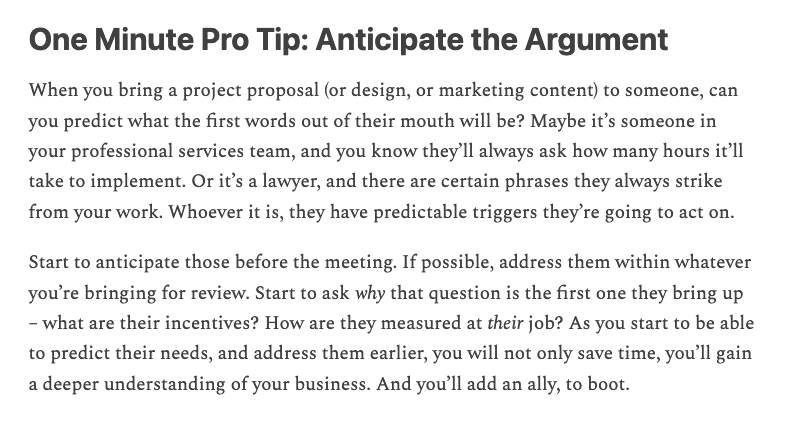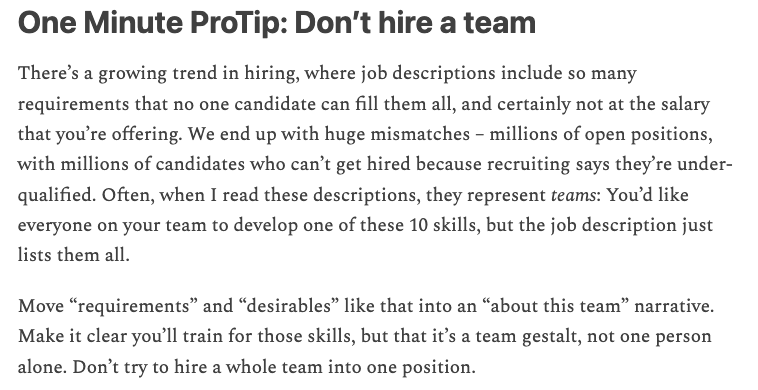Security Blog
-
Nine Years After: From Aurora to Zero Trust
How the first documented nation-state cyberattack is changing security today.It’s January 12, 2010. In a blog post, Google publicly discloses that it has been the victims of a targeted attack originating in China. The attack resulted in the theft of intellectual property, but the attackers didn’t stop with Google — they targeted at least 20 different…
-
Composing Defences
In the realm of information security, terms like “defence in depth” and “layered defences” are often used superficially. However, it’s crucial to delve into their evolution and reconsider defensive architectures in a network-centric world. Understanding how defences integrate, stack, or present choices to adversaries is vital for creating effective and cohesive security measures. Approaches such…
-
A Perimeter of One
In the era of graphite-and-paper enterprises, control over information assets was tangible. With the introduction of computers, the security mindset remained rooted in physical perimeters, failing to adapt to the untrustworthiness of interconnected systems. As smartphones and laptops become extensions of users, the modern enterprise must shift to a model where trust is not implicitly…
-
Zombie Vivification
The state of cybersecurity is worsening, with breaches becoming commonplace and vulnerabilities increasing in number. However, this trend is a reflection of our pace of innovation and development in networked technologies. Startups, akin to zombies, operate in a high-risk environment and make daring choices for survival. We inherit the cybersecurity risks born out of these…
-
The Future of The Internet — and how to secure it
In a world where the Internet was once limited to a select few, security concerns were nonexistent. However, today’s reality is far from that. High-profile vulnerabilities like Heartbleed and Shellshock have exposed the flaws in the web’s security infrastructure. HTTPS, while offering some protection, still faces numerous vulnerabilities that adversaries can exploit. Trusting certificate authorities…
-
Dancing Poodles
The POODLE attack, a chosen-plaintext attack, exposes vulnerabilities in SSLv3 block ciphers, compromising encrypted session data. This highlights the need to transition to TLS. Additionally, the SSL/TLS version selection fallback mechanism poses risks of protocol downgrades, but TLS Signaling Cipher Suite Value (SCSV) provides a solution to prevent such attacks.
-
The Brittleness of the SSL/TLS Certificate System
The Heartbleed vulnerability highlighted the limitations of the current certificate revocation process. Revocation models like certificate revocation lists (CRLs) and online certificate status protocol (OCSP) face scalability and performance challenges. One alternative is DANE (DNSSEC Assertion of Named Entities), which places trust in DNSSEC instead of the CA hierarchy. The current system does not meet…
-
Closing the Skills Gap
Recruiters often misunderstand the “skills gap,” confusing it with their own difficulties in writing accurate job descriptions. Security professionals should focus on bridging the gap between security and the business, helping decision-makers understand the risks involved. Thinking systematically, problem-solving, effective communication, and kindness are vital skills in the field. Certification alone does not guarantee mastery;…
-
Whither HSMs (in the cloud)
Hardware Security Modules (HSMs) are widely used to protect cryptographic material and handle cryptographic functions. However, when it comes to protecting SSL certificates in the cloud, it is essential to consider the specific goals and adversaries. While HSMs can inhibit key copying, they may have limitations in distributed data centers where the API remains exposed…
-
Assessment of the BREACH vulnerability
The BREACH vulnerability exploits HTTP-level compression to extract secret information from SSL-enabled websites. Applications that echo user-injected data, contain static secrets, and use HTTP compression are vulnerable. Disabling compression and altering response dynamics can help mitigate the risk, but there are performance and feasibility considerations. Evaluating cipher usage, rate-limiting requests, and modifying chunked encoding are…
Leadership Newsletter
-
Trolley choices
Leadership Moment: Two Bad Choices As you’ll see below, I’m in Tel Aviv right now. As the United flight was finishing up boarding in Newark, a flight attendant announced that they’d found a phone, and if it was someone’s on the plane, to claim it, or it would be left in Newark. A few minutes… Read this …
-
Walk in their shoes
Leadership Moment: When adversaries pray together It’s probably no secret to many of you that I love the game of football. The Women’s Football Alliance recently started its 2023 season, with the defending champion Boston Renegades taking on the D.C. Divas this weekend. The game got very chippy at times, with a Divas player being… Read this …
-
Hop onboard!
Leadership Moment: Helping the newcomers In Matt Johansen’s Vulnerable U newsletter, he provides guidance for newcomers to and industry (in this case, security) on dealing with some of the biggest challenges they’ll face, which mostly organize around “you’re new here, and we use words in surprising ways”. Matt focuses on what a newcomer can do… Read this …
Fiction
-
Skeleton
A necromancer and an Olympic event [Read the story]
-
Albus Dumbledore and the Rituals of Immortality
The words that didn’t make the Harry Potter septology that fill in the blanks for what’s really going on. [Read the story]



